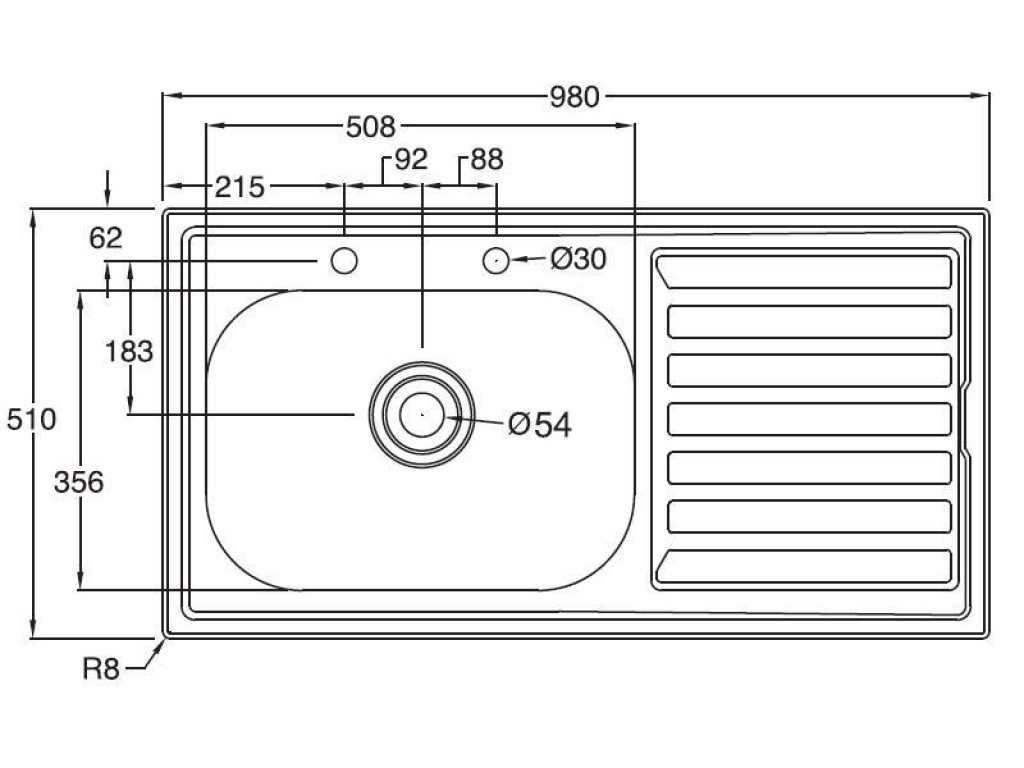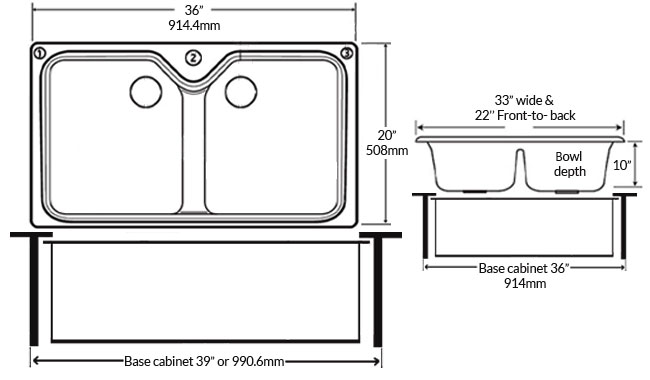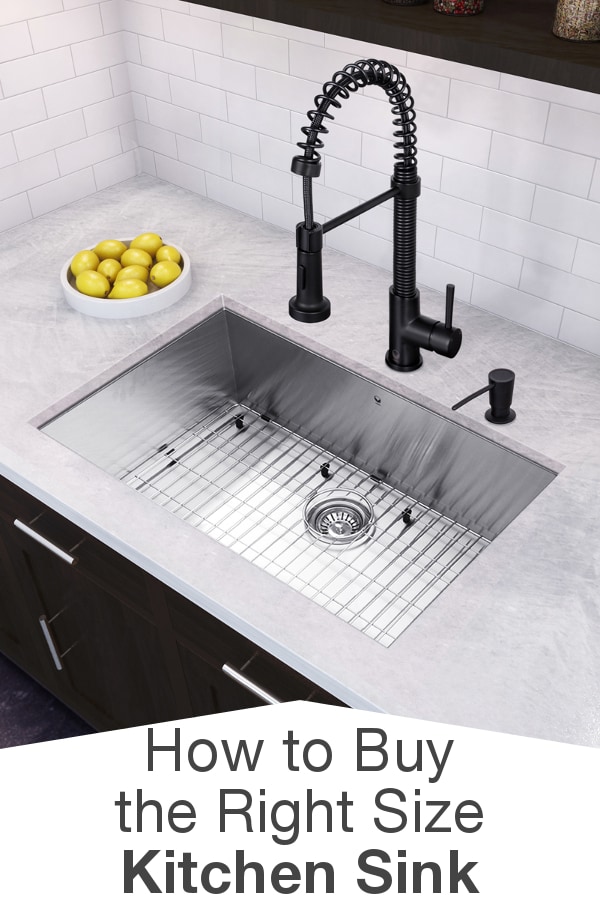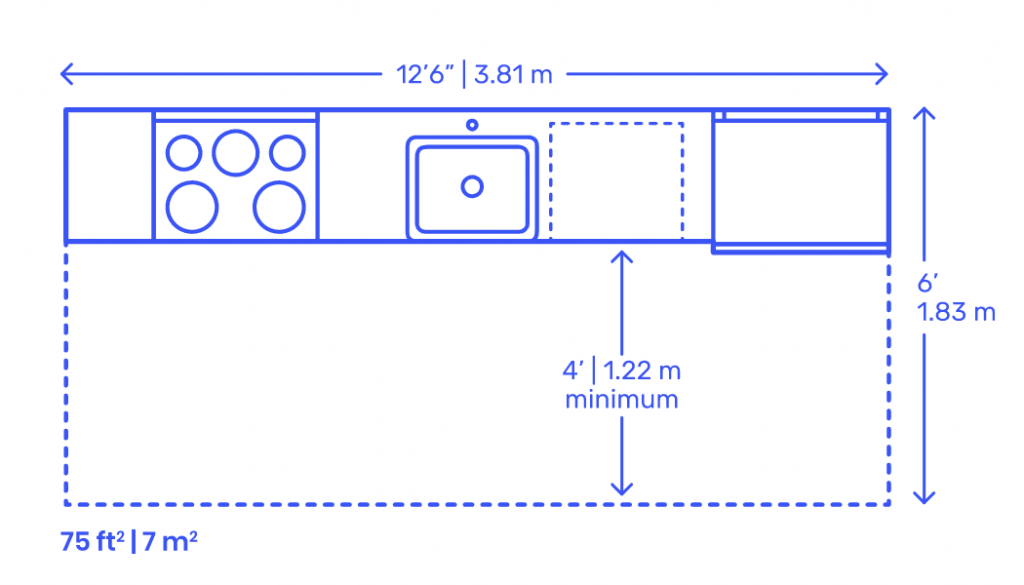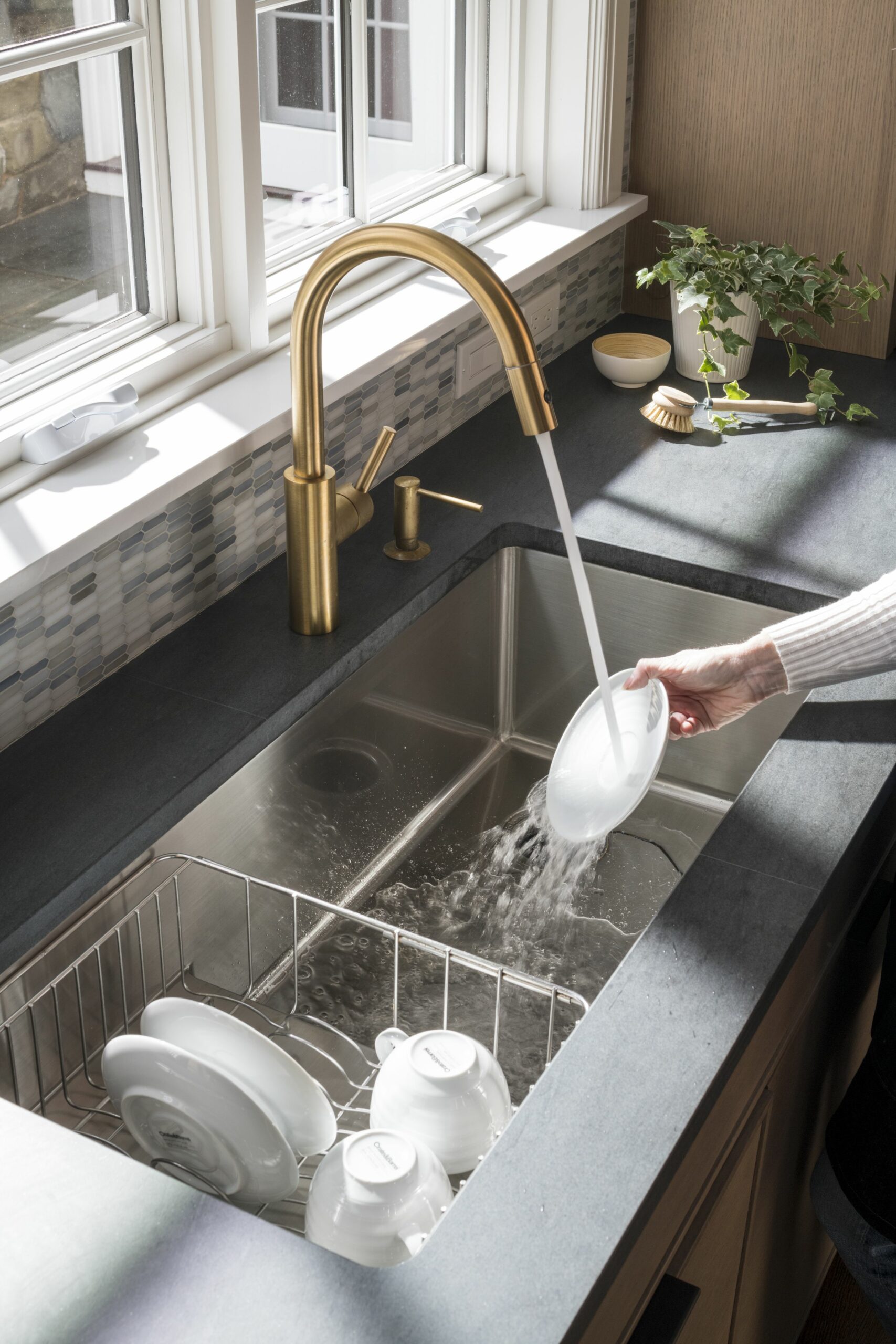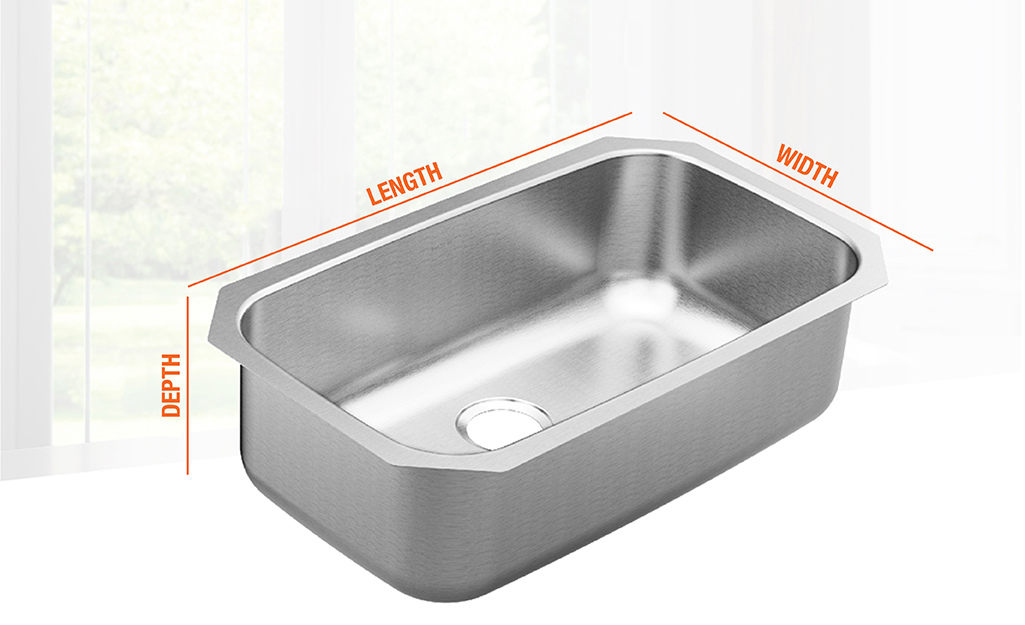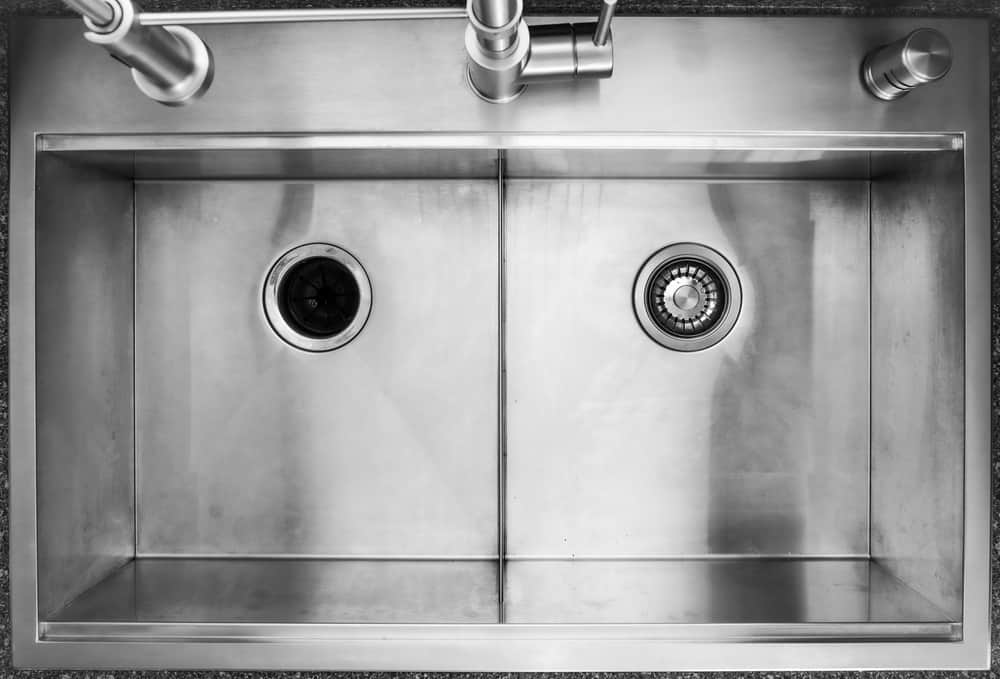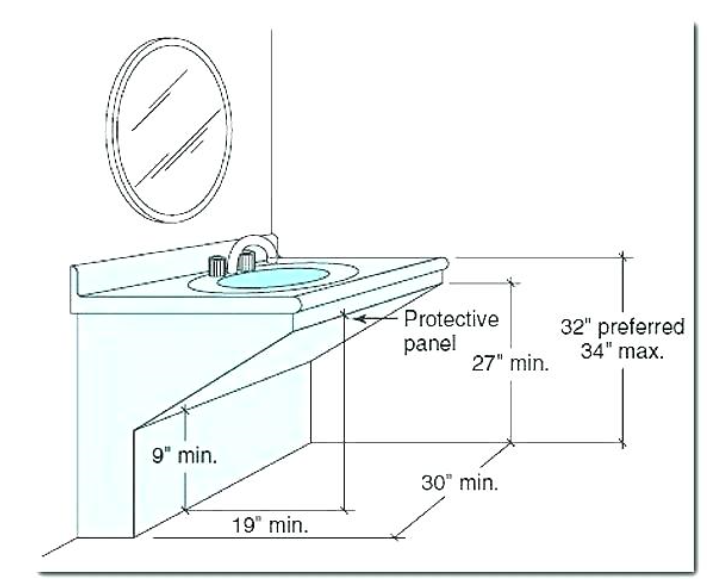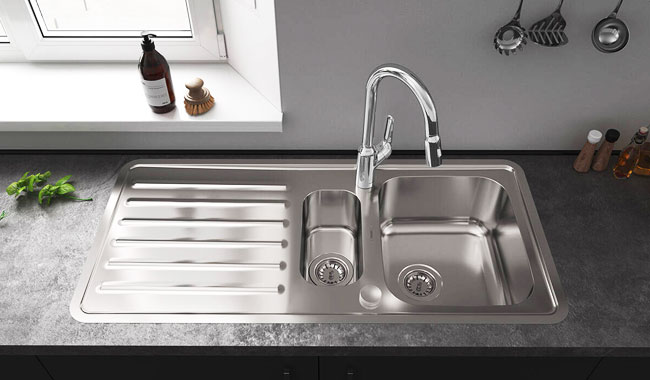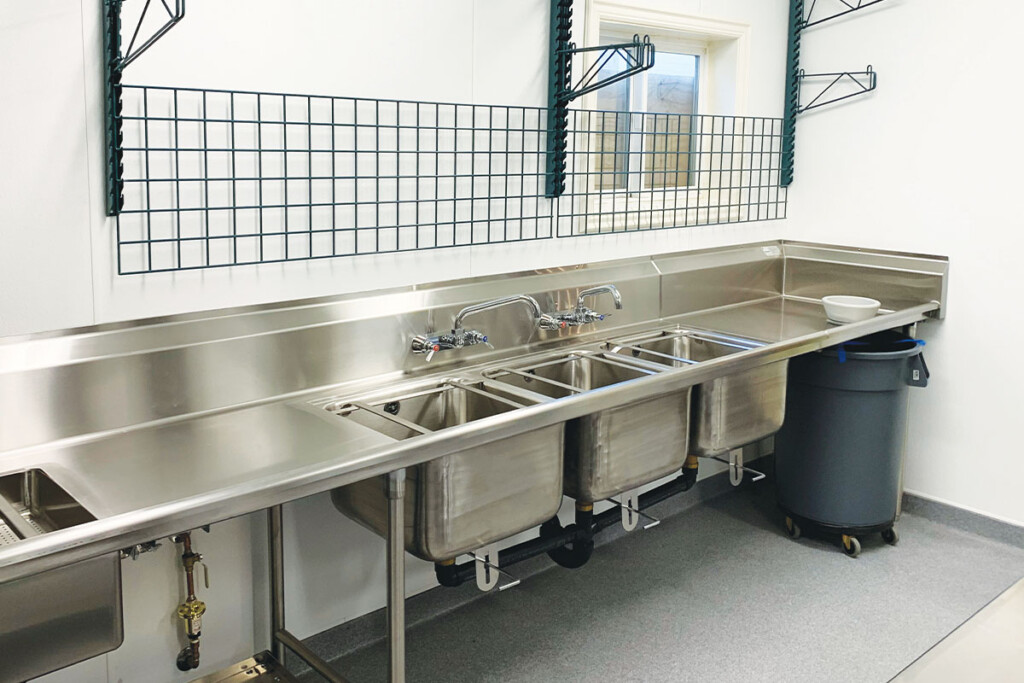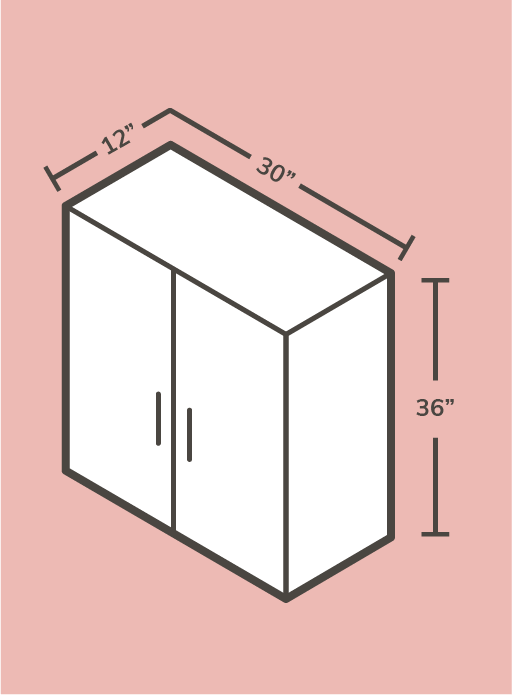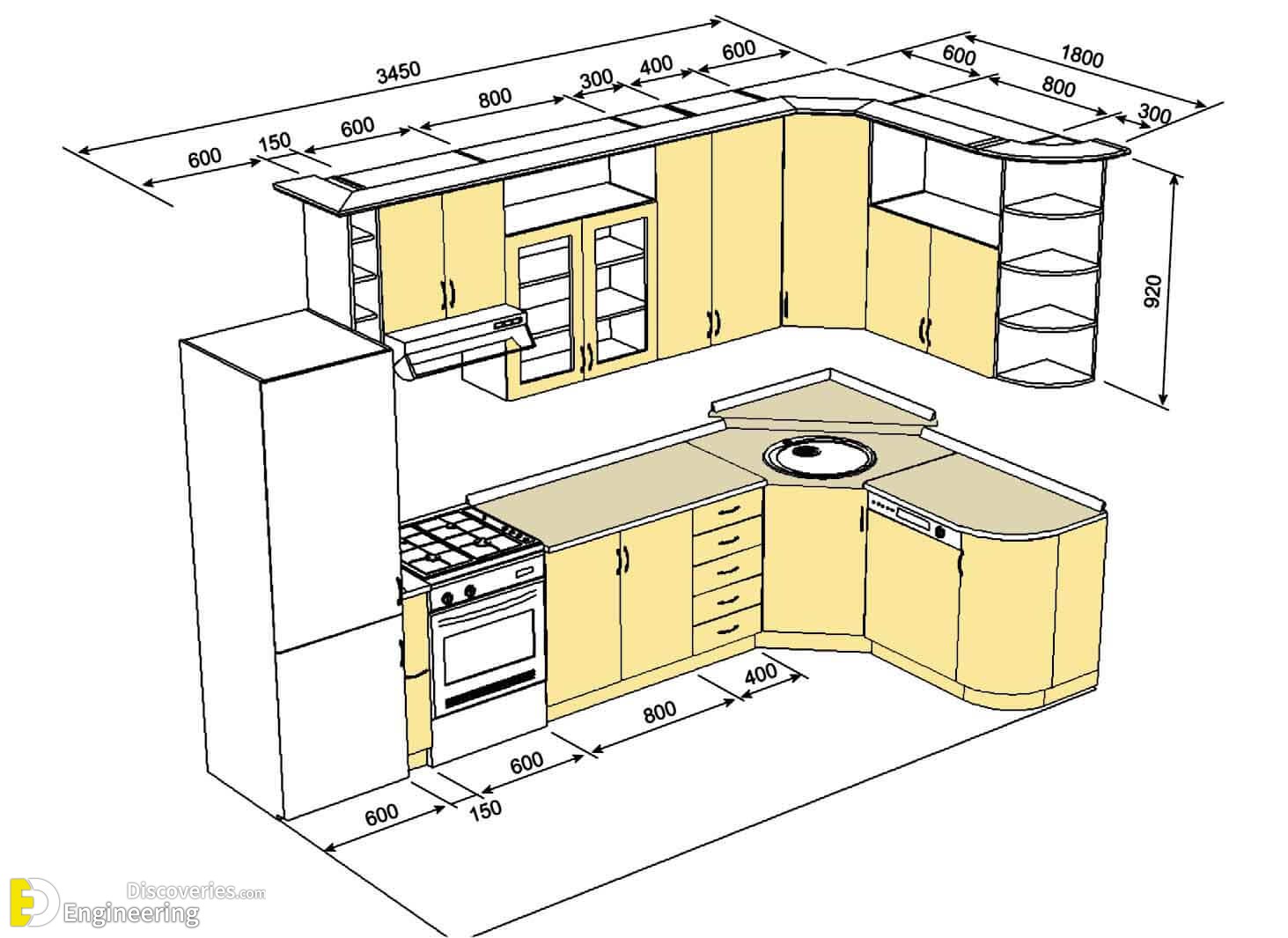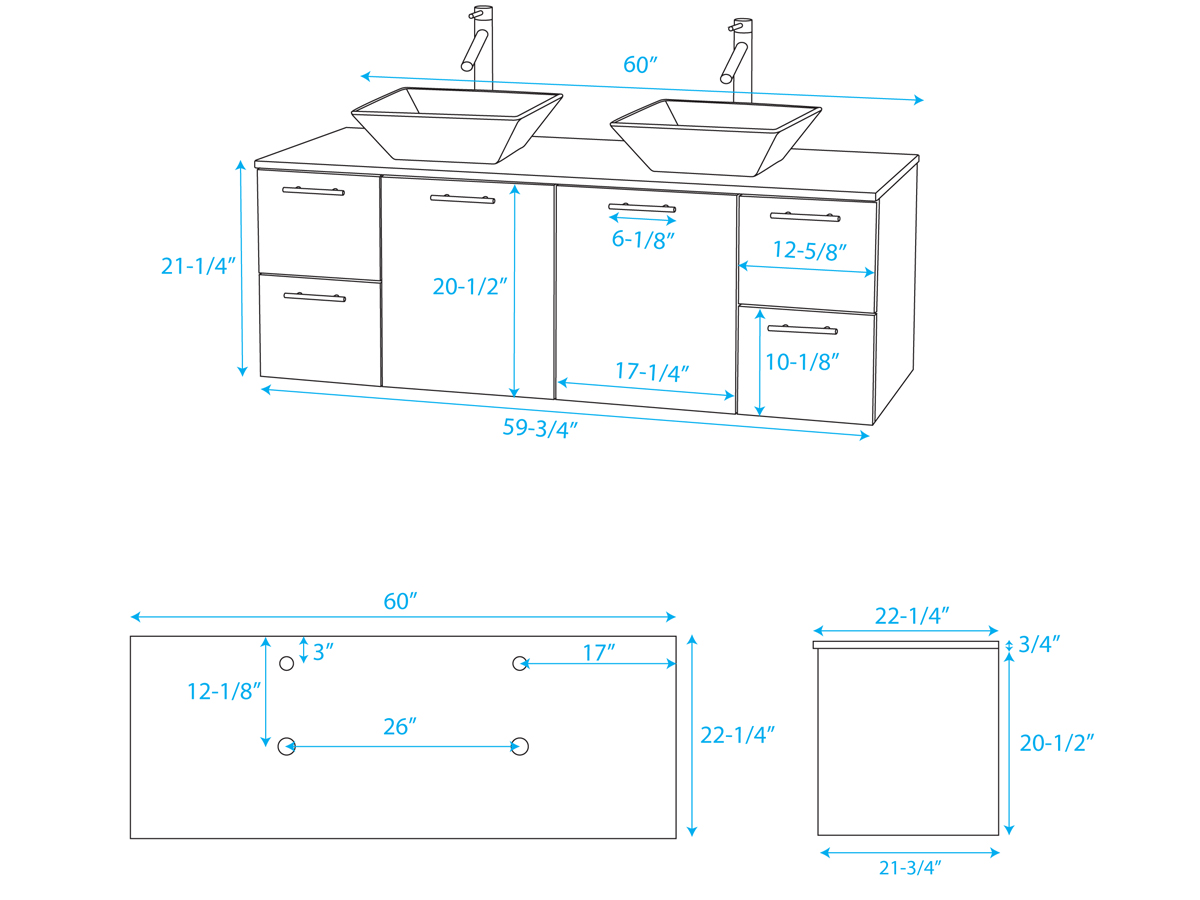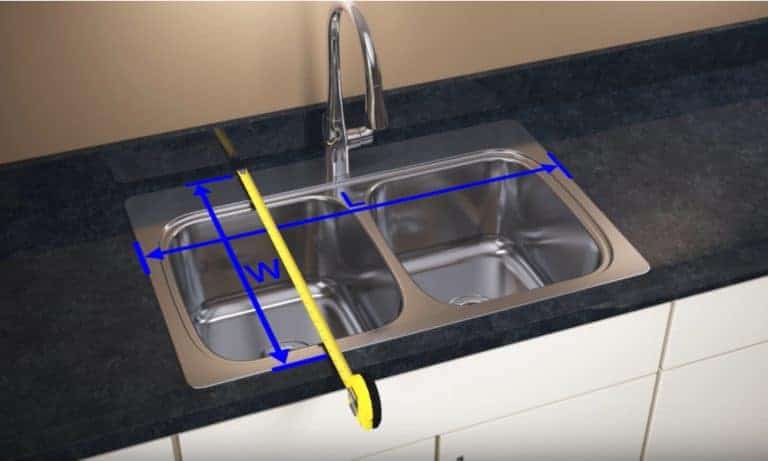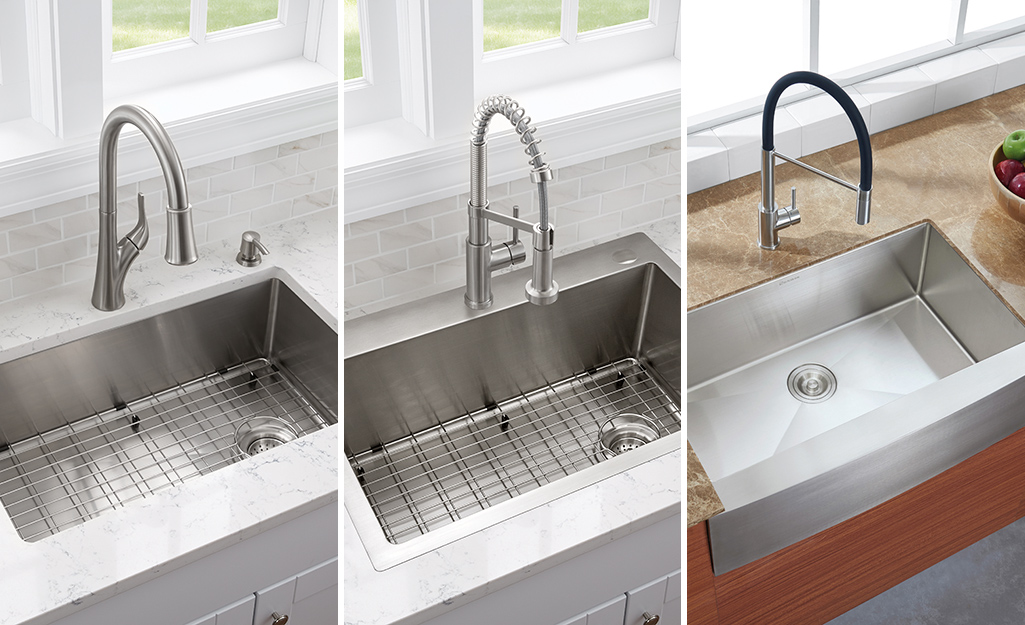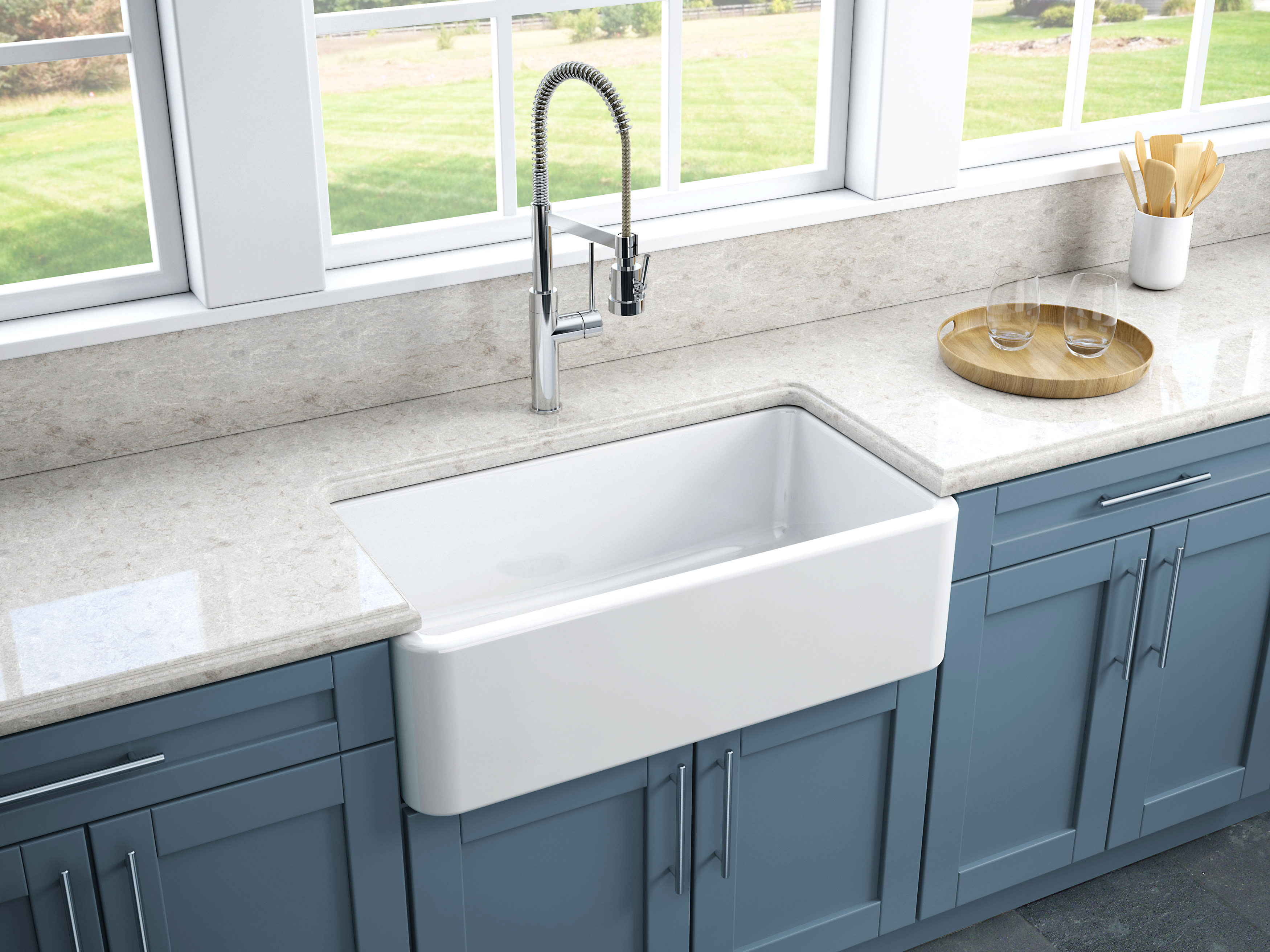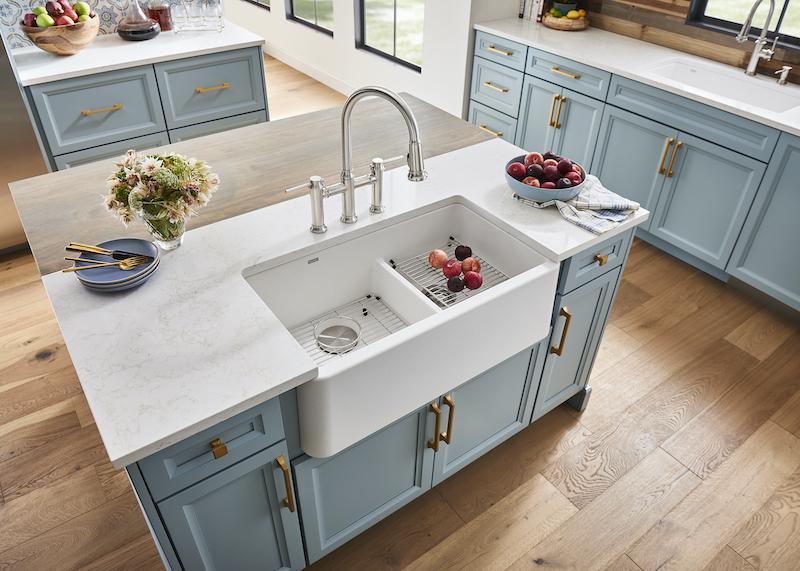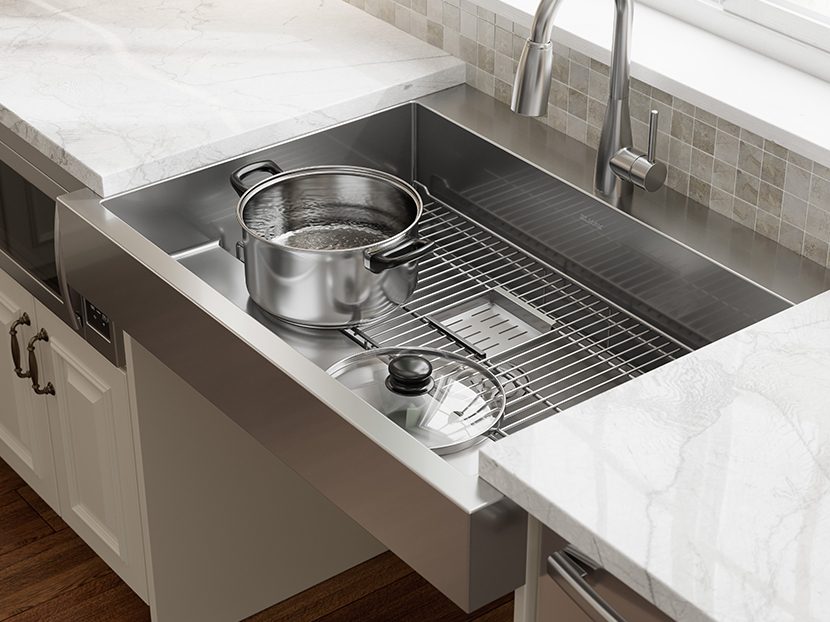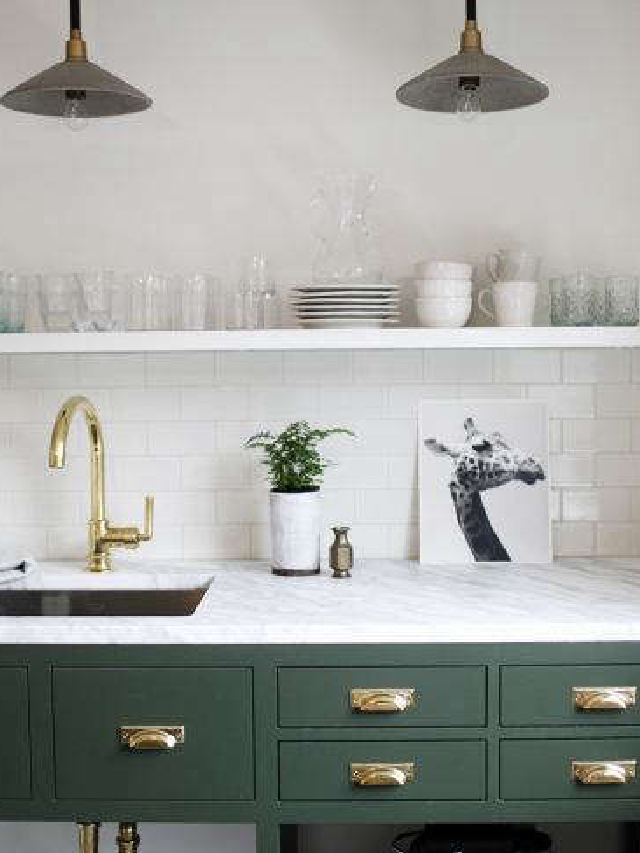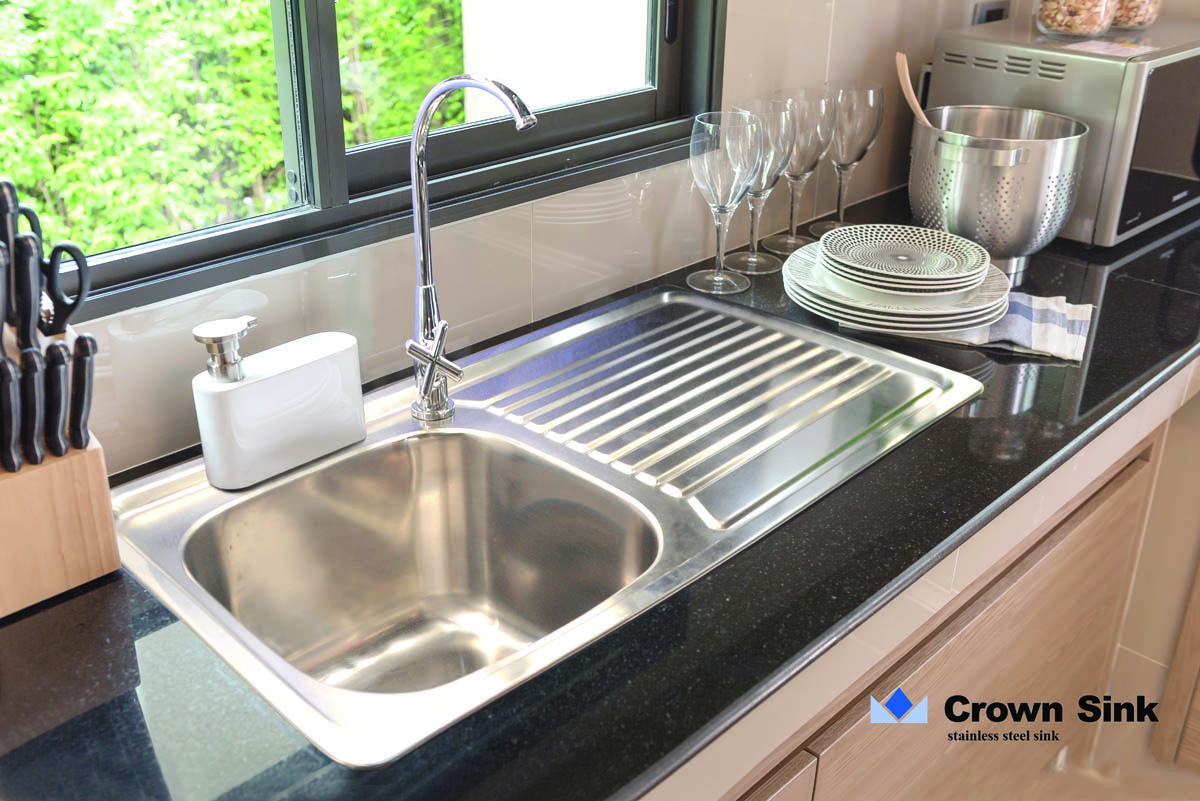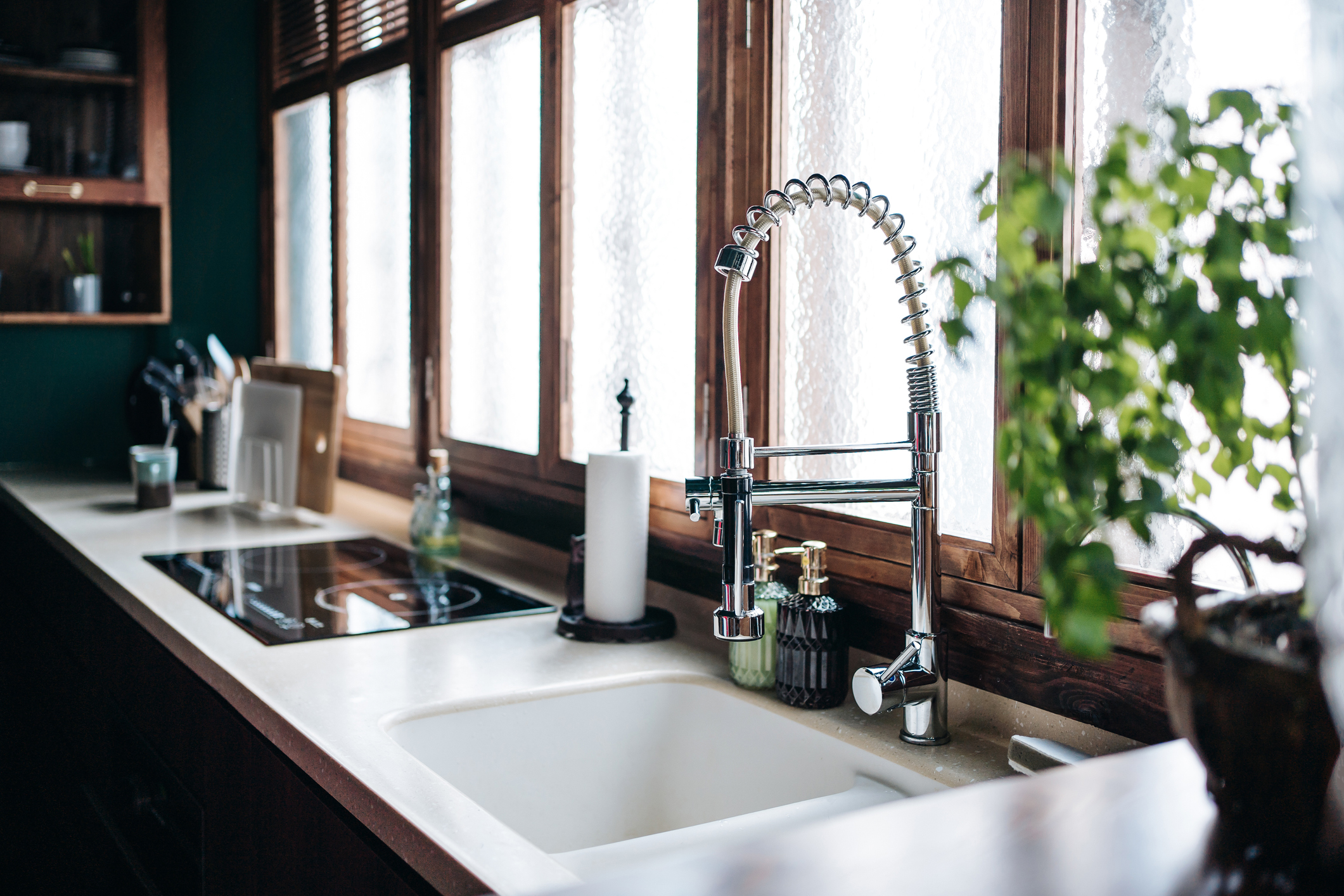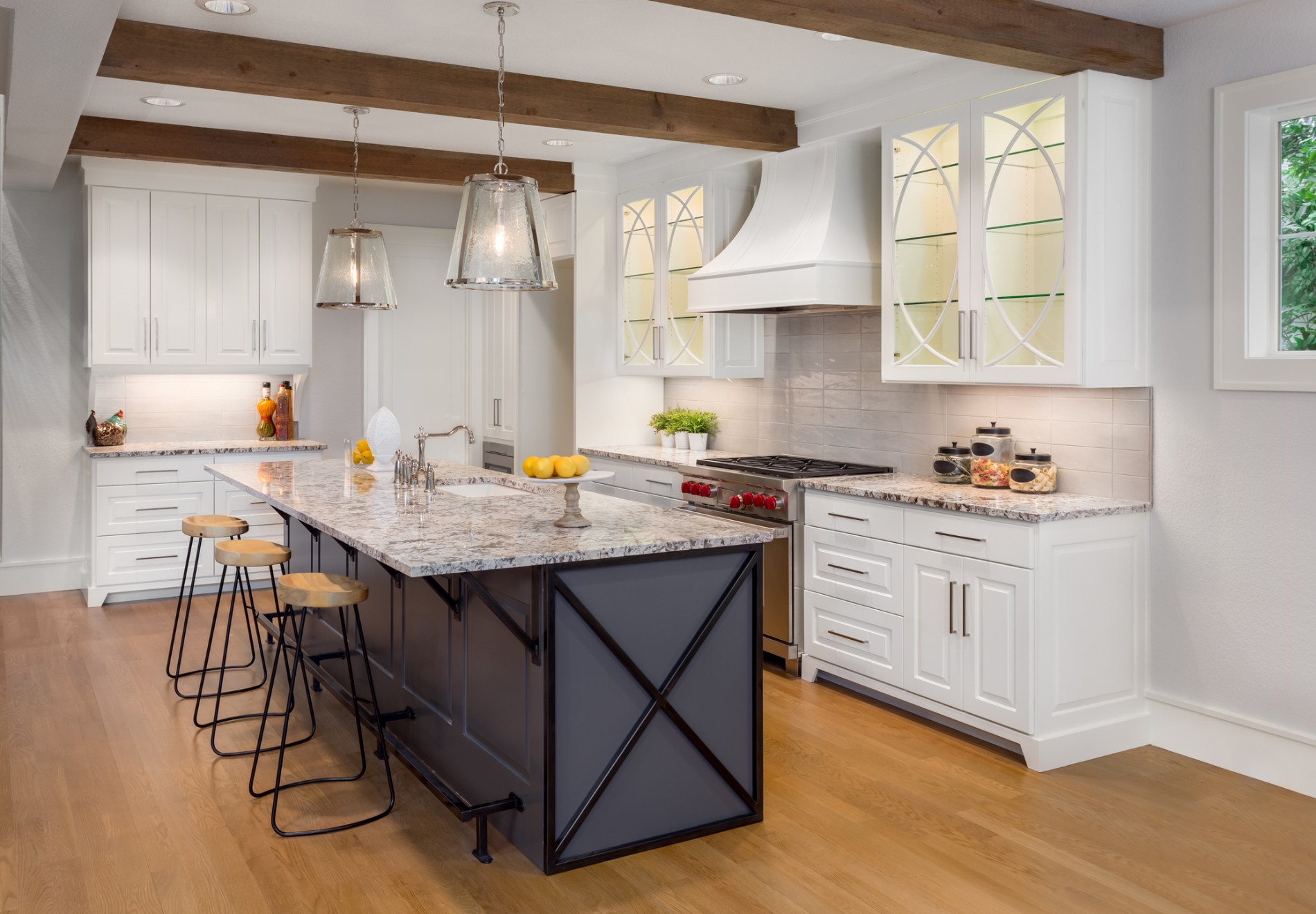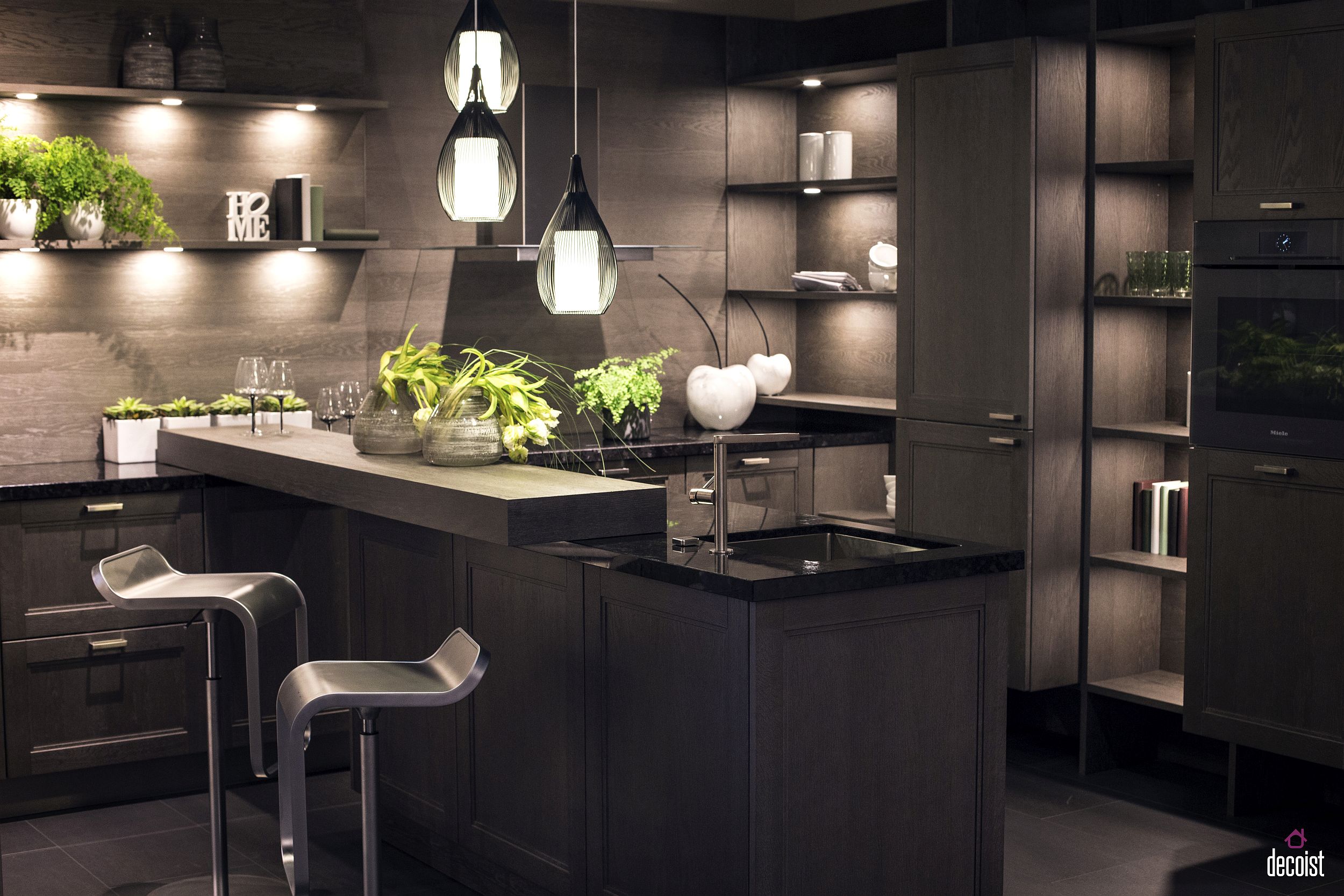Minimum Kitchen Sink Size: Standard Recommendations
When it comes to designing or renovating your kitchen, one of the most important decisions you will make is choosing the right size for your kitchen sink. A sink that is too small can make daily tasks like washing dishes and food preparation difficult, while a sink that is too large can take up valuable counter space and be a waste of money. To help you make the best decision, here are the top 10 minimum kitchen sink sizes recommended by experts.
What is the Minimum Size for a Kitchen Sink?
The minimum size for a kitchen sink depends on the type and style of sink you choose. However, the general rule of thumb is that the sink should be at least 22 inches long and 24 inches wide. This will give you enough space to comfortably wash dishes and prepare food without feeling cramped.
How to Determine the Minimum Size for a Kitchen Sink
When determining the minimum size for a kitchen sink, there are a few factors to consider. First, think about the size of your kitchen and the amount of counter space you have available. If you have a smaller kitchen, a smaller sink may be more practical. Next, consider your family size and cooking habits. If you have a large family or do a lot of cooking, a larger sink may be more suitable.
Minimum Size Requirements for Kitchen Sinks
While there are no strict regulations for the minimum size of a kitchen sink, there are some general recommendations to follow. For single-bowl sinks, the minimum size should be at least 22 inches long and 24 inches wide. For double-bowl sinks, the minimum size should be at least 33 inches long and 22 inches wide. For farmhouse or apron sinks, the minimum size should be at least 30 inches long and 20 inches wide.
Choosing the Right Size for Your Kitchen Sink
When it comes to choosing the right size for your kitchen sink, there are a few key considerations to keep in mind. First, think about your daily tasks and the size of your cookware. If you use large pots and pans regularly, you may want to opt for a larger sink to accommodate them. Next, consider the layout of your kitchen and how the sink will fit in. You want to make sure there is enough counter space around the sink for food prep and other tasks.
Standard Dimensions for Kitchen Sinks
While the minimum size may vary depending on the type of sink, there are some standard dimensions that most kitchen sinks follow. Single-bowl sinks typically range from 25-30 inches long and 22-25 inches wide. Double-bowl sinks can range from 33-36 inches long and 22-25 inches wide. Farmhouse sinks are typically 30 inches long and 20 inches wide, but can also come in larger sizes for bigger kitchens.
Minimum Size for a Double Kitchen Sink
If you are considering a double-bowl kitchen sink, the minimum size recommended is 33 inches long and 22 inches wide. This will allow enough space for both bowls to comfortably wash dishes and prepare food. However, if you have a large family or do a lot of cooking, you may want to consider a larger double sink to accommodate your needs.
How to Measure for a Kitchen Sink
When measuring for a kitchen sink, it is important to measure the cabinet that the sink will be installed in. The sink should be slightly smaller than the cabinet to allow for proper installation. Measure the length and width of the cabinet and subtract 3 inches from each measurement to get the maximum size for your sink.
Minimum Size for a Farmhouse Kitchen Sink
Farmhouse or apron sinks have become a popular choice for kitchen design in recent years. These sinks typically have a large, deep basin and an exposed front, making them both functional and aesthetically pleasing. The minimum size recommended for a farmhouse sink is 30 inches long and 20 inches wide, but they can also come in larger sizes for bigger kitchens.
Factors to Consider When Choosing a Kitchen Sink Size
When it comes to choosing the right size for your kitchen sink, there are a few factors to consider. First, think about your daily tasks and the size of your cookware. Next, consider the layout of your kitchen and how the sink will fit in. You also want to make sure you have enough counter space for food prep and other tasks. Finally, consider your family size and cooking habits. A larger sink may be more suitable for larger families or those who do a lot of cooking.
Understanding the Importance of Choosing the Right Kitchen Sink Size

Optimizing Functionality and Space in Your Kitchen
 When it comes to designing a kitchen, every detail matters. From choosing the right cabinets to the perfect countertop material, homeowners put a lot of thought into creating a functional and aesthetically pleasing space. One often overlooked aspect of kitchen design is the
size of the kitchen sink
. Many people assume that all kitchen sinks are the same size, but the truth is,
the size of your kitchen sink can greatly impact the functionality and space in your kitchen
. In this article, we will explore the reasons why choosing the right kitchen sink size is crucial and how it can enhance your overall kitchen design.
When it comes to designing a kitchen, every detail matters. From choosing the right cabinets to the perfect countertop material, homeowners put a lot of thought into creating a functional and aesthetically pleasing space. One often overlooked aspect of kitchen design is the
size of the kitchen sink
. Many people assume that all kitchen sinks are the same size, but the truth is,
the size of your kitchen sink can greatly impact the functionality and space in your kitchen
. In this article, we will explore the reasons why choosing the right kitchen sink size is crucial and how it can enhance your overall kitchen design.
Maximizing Efficiency in Your Kitchen Tasks
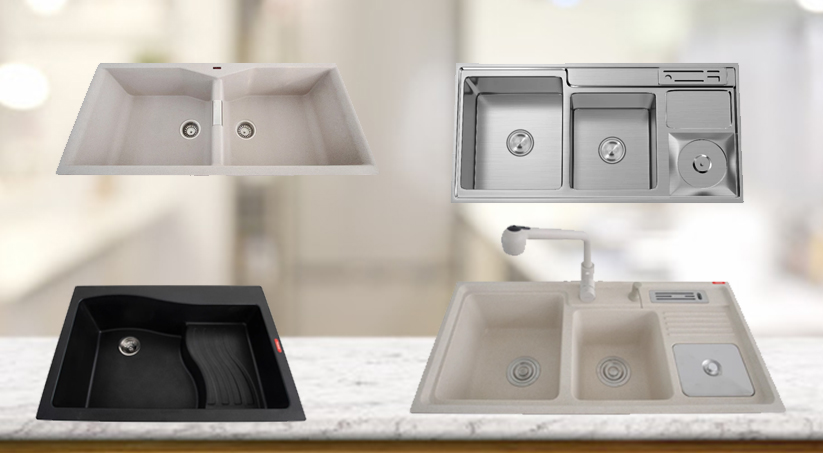 The kitchen sink is one of the most frequently used areas in a kitchen. From washing dishes to preparing food, it is important to have a sink that can accommodate your daily tasks.
Choosing a sink that is too small can make simple tasks like washing large pots and pans difficult and time-consuming
. On the other hand, a sink that is too large can take up valuable counter space and make it difficult to reach for items stored in cabinets above. By choosing the right
size for your kitchen sink
, you can optimize efficiency in your kitchen tasks and make your daily routines more manageable.
The kitchen sink is one of the most frequently used areas in a kitchen. From washing dishes to preparing food, it is important to have a sink that can accommodate your daily tasks.
Choosing a sink that is too small can make simple tasks like washing large pots and pans difficult and time-consuming
. On the other hand, a sink that is too large can take up valuable counter space and make it difficult to reach for items stored in cabinets above. By choosing the right
size for your kitchen sink
, you can optimize efficiency in your kitchen tasks and make your daily routines more manageable.
Creating More Counter Space
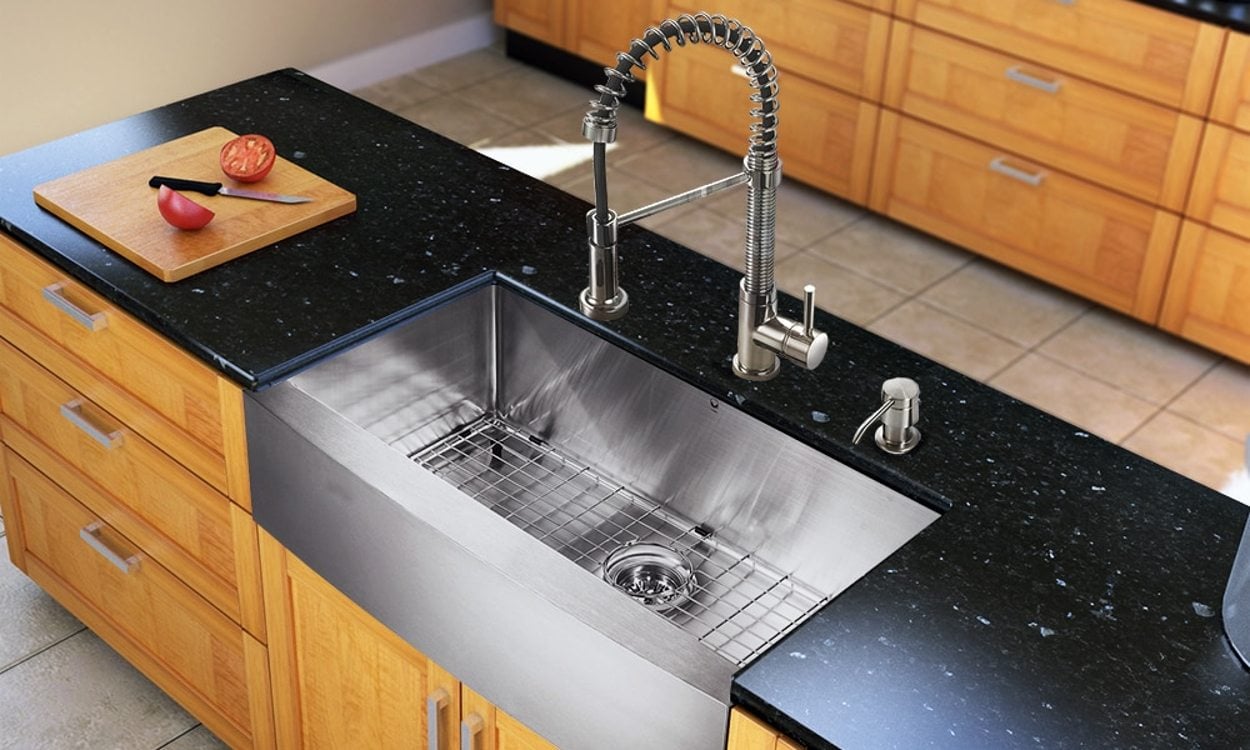 Counter space is essential in any kitchen. It provides a place for food prep, storage, and serving.
Choosing a sink that is too big
can take up valuable counter space, making it difficult to work in your kitchen. By choosing the right
kitchen sink size
, you can create more counter space and make your kitchen feel more spacious and functional. This is especially important for smaller kitchens where every inch of counter space counts.
Counter space is essential in any kitchen. It provides a place for food prep, storage, and serving.
Choosing a sink that is too big
can take up valuable counter space, making it difficult to work in your kitchen. By choosing the right
kitchen sink size
, you can create more counter space and make your kitchen feel more spacious and functional. This is especially important for smaller kitchens where every inch of counter space counts.
Enhancing the Overall Design Aesthetics
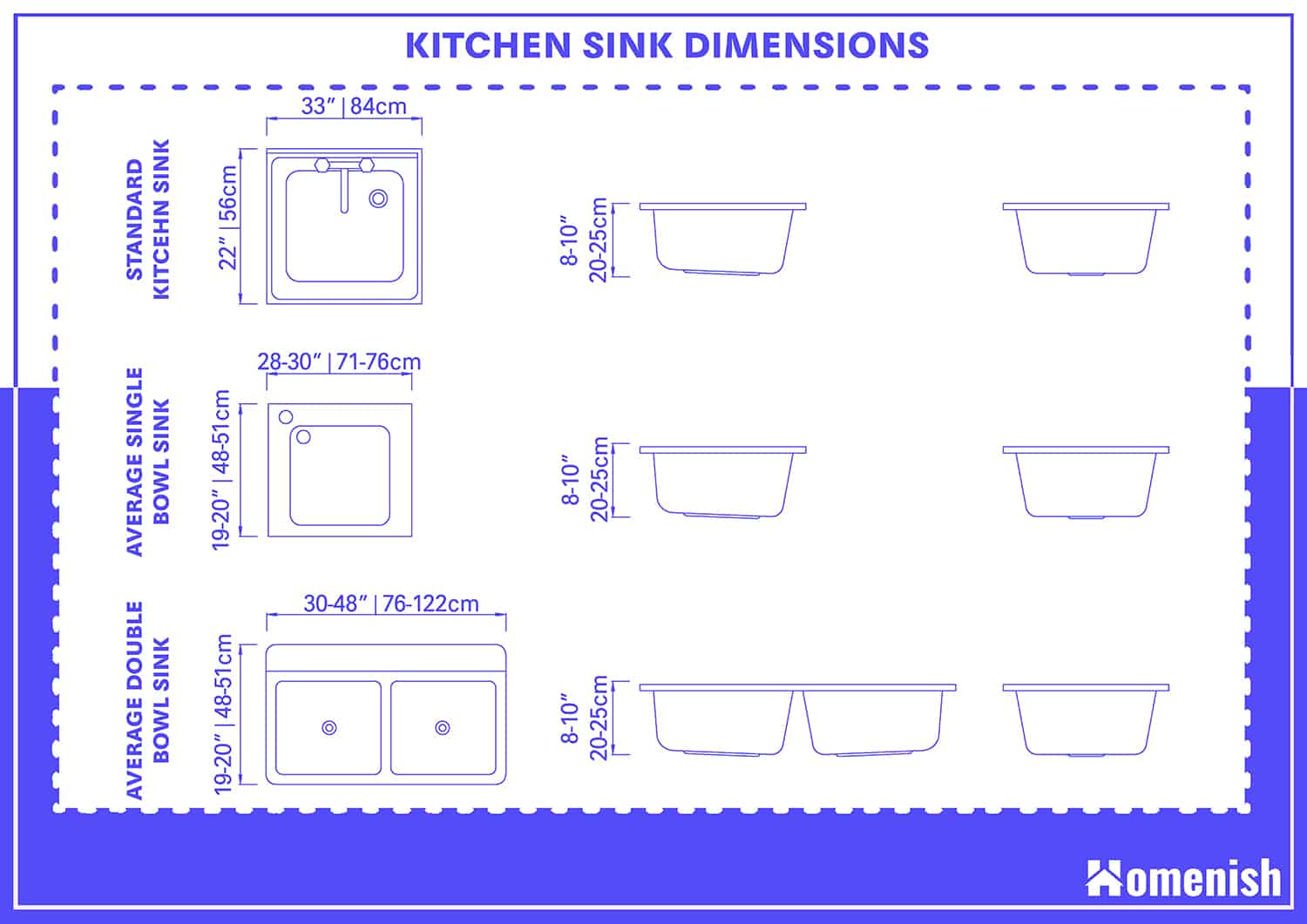 Aside from its functionality, the size of your kitchen sink also plays a role in the overall design aesthetics of your kitchen. A
large sink can make a statement and become a focal point in your kitchen
, while a smaller sink can blend seamlessly into the design. The right
kitchen sink size
can enhance the overall look and feel of your kitchen and add to the overall design aesthetic.
In conclusion, the
size of your kitchen sink is an important factor to consider
when designing your kitchen. It not only affects the functionality and efficiency of your daily tasks, but it also plays a role in the overall design and aesthetics of your kitchen. By choosing the right size, you can optimize space and create a functional and visually appealing kitchen. So, the next time you are renovating or designing your kitchen, be sure to
pay attention to the size of your kitchen sink
and make the best choice for your needs.
Aside from its functionality, the size of your kitchen sink also plays a role in the overall design aesthetics of your kitchen. A
large sink can make a statement and become a focal point in your kitchen
, while a smaller sink can blend seamlessly into the design. The right
kitchen sink size
can enhance the overall look and feel of your kitchen and add to the overall design aesthetic.
In conclusion, the
size of your kitchen sink is an important factor to consider
when designing your kitchen. It not only affects the functionality and efficiency of your daily tasks, but it also plays a role in the overall design and aesthetics of your kitchen. By choosing the right size, you can optimize space and create a functional and visually appealing kitchen. So, the next time you are renovating or designing your kitchen, be sure to
pay attention to the size of your kitchen sink
and make the best choice for your needs.





